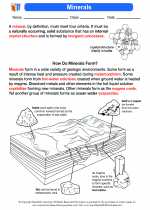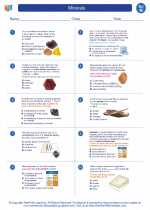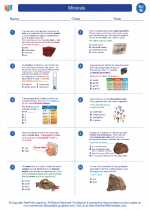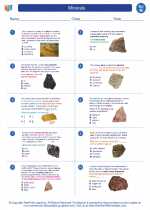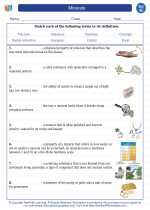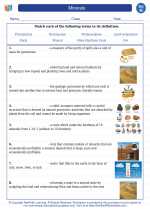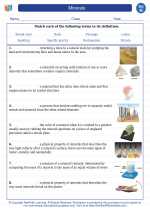Minerals -> sodium bicarbonate
Sodium Bicarbonate
Sodium bicarbonate, also known as baking soda, is a chemical compound with the formula NaHCO3. It is a white, crystalline powder that is commonly used as a leavening agent in baking, as a cleaning agent, and as a mild antacid.
Properties of Sodium Bicarbonate
Sodium bicarbonate is a salt that is composed of sodium ions (Na+) and bicarbonate ions (HCO3-). It is a weak base and can react with acids to produce carbon dioxide gas, which causes baked goods to rise. It is also slightly alkaline in nature, making it effective for cleaning and neutralizing acidic substances.
Uses of Sodium Bicarbonate
1. Baking: Sodium bicarbonate is commonly used as a leavening agent in baking. When combined with an acidic ingredient such as buttermilk or vinegar, it produces carbon dioxide gas, which causes dough to rise and results in light and fluffy baked goods.
2. Cleaning: Sodium bicarbonate is a gentle abrasive and can be used as a non-toxic cleaning agent for scrubbing surfaces, removing odors, and deodorizing carpets and upholstery.
3. Antacid: Due to its alkaline nature, sodium bicarbonate can be used as a mild antacid to neutralize stomach acid and provide relief from heartburn and indigestion.
Chemical Reactions
When sodium bicarbonate reacts with an acid, such as vinegar (acetic acid), the following chemical reaction occurs:
NaHCO3 + CH3COOH → CO2 + H2O + NaCH3COO
Here, carbon dioxide gas, water, and sodium acetate are produced as a result of the reaction.
Study Guide
1. What is the chemical formula of sodium bicarbonate?
Answer: The chemical formula of sodium bicarbonate is NaHCO3.
2. What are the uses of sodium bicarbonate?
Answer: Sodium bicarbonate is used in baking as a leavening agent, for cleaning purposes, and as a mild antacid.
3. What happens when sodium bicarbonate reacts with an acid?
Answer: When sodium bicarbonate reacts with an acid, carbon dioxide gas is produced along with water and a salt.
.

